Pressfit vs Threaded Bottom Brackets
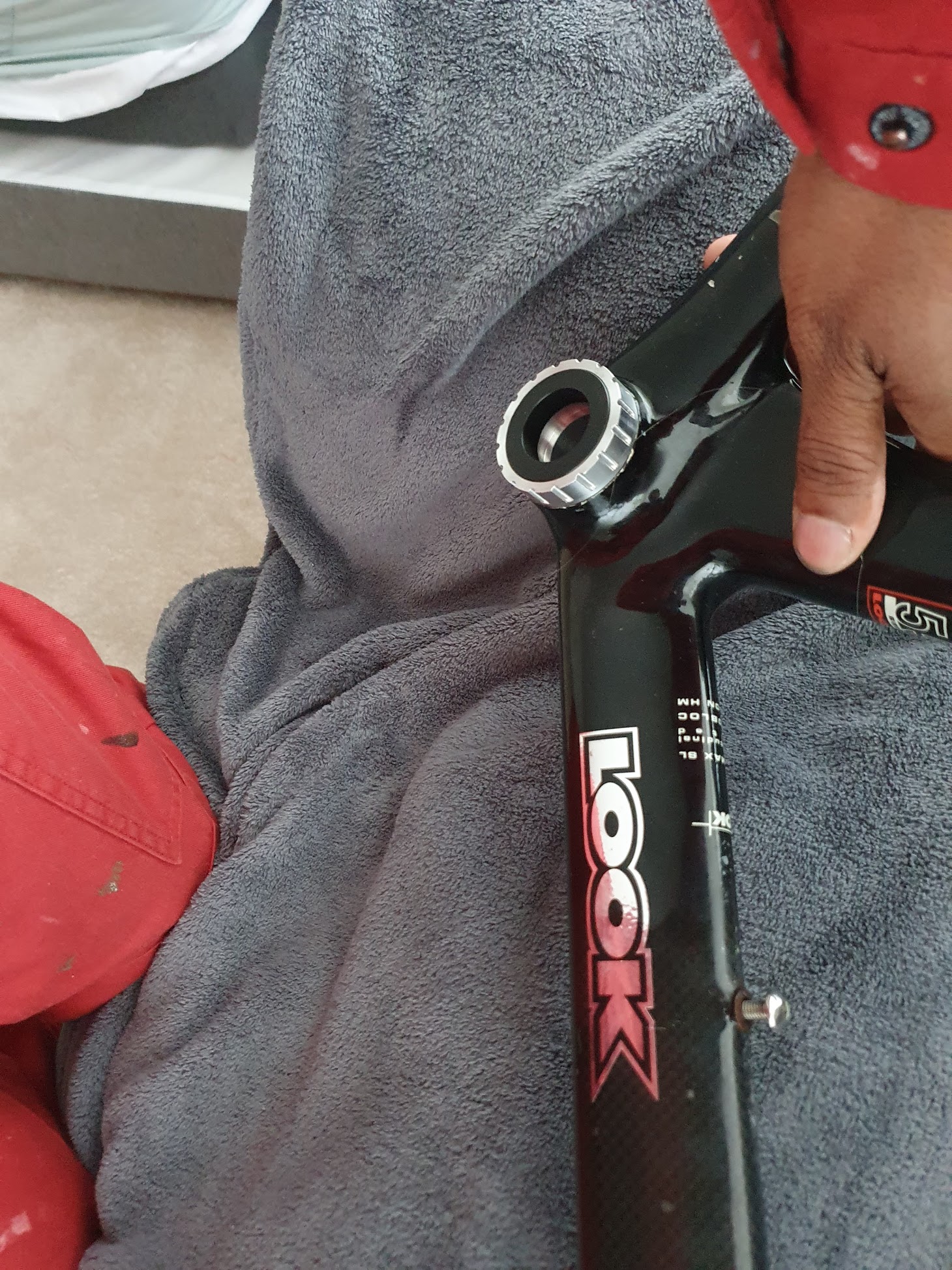
There are various camps out there on the internet that swear by threaded bottom brackets as a means to avoid creaking. This video below shows the pro’s and con’s of both.

There are various camps out there on the internet that swear by threaded bottom brackets as a means to avoid creaking. This video below shows the pro’s and con’s of both.

Cycling aerodynamics in recent times has been dominated by “wind tunnel data” used by vendors to highlight the benefits of their particular wheel or frameset. This data has often been shrouded in marketing spin accompanied by some lavish blurb about yaw angles. However, there has been a recent trend towards discounting this data or at…
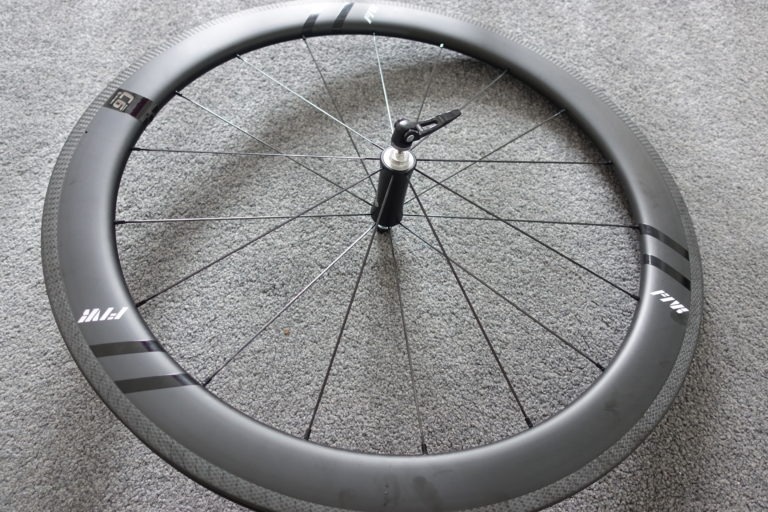
This video shows you how to replace the bearings in a Farsports Ventoux wheelset. This covers the front hub, rear hub and rear freehub. A review of the wheelset is available here The replacement bearings are as follows NTN 6803 LLB, Quantity 5 NTN 6903 LLB, Quantity 1 Overaxle presses are as follows 6903 overaxle…
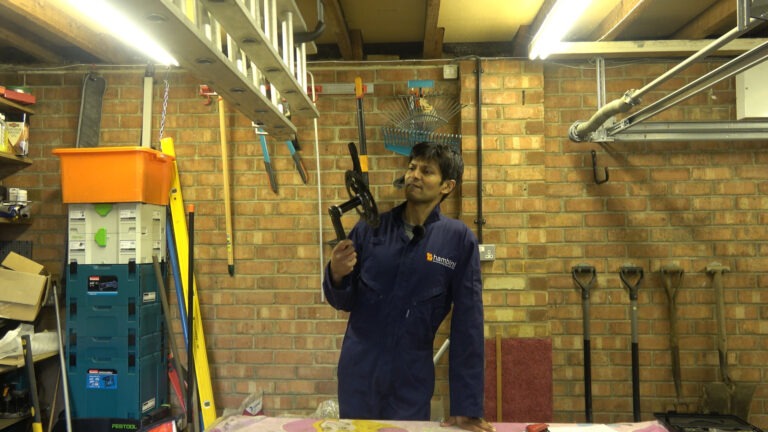
In the world of cycling, reliability and customer service are paramount. The recent video from the Hambini YouTube Channel sheds light on a troubling experience with Verve Cycling’s Infocrank. A Tale of Frustration The video dives into the exasperating experience of dealing with Verve Cycling’s Infocrank. The product failed to meet expectations, and the company’s…

Blind bearing pullers, initially created to remove bearings from rotating equipment without rear access, have been popularized for removing wheel bearings. Despite their increased use, these tools can inflict unnoticed damage on wheels. Primarily deployed in automotive and machinery maintenance, blind bearing pullers slide through the bearing, expand behind it, and retract, exerting a steady force without damaging surrounding areas. However, concerns arise when these tools are used without considering potential damage to internal preload spacers, causing potential legal repercussions for negligent installation in professional settings.
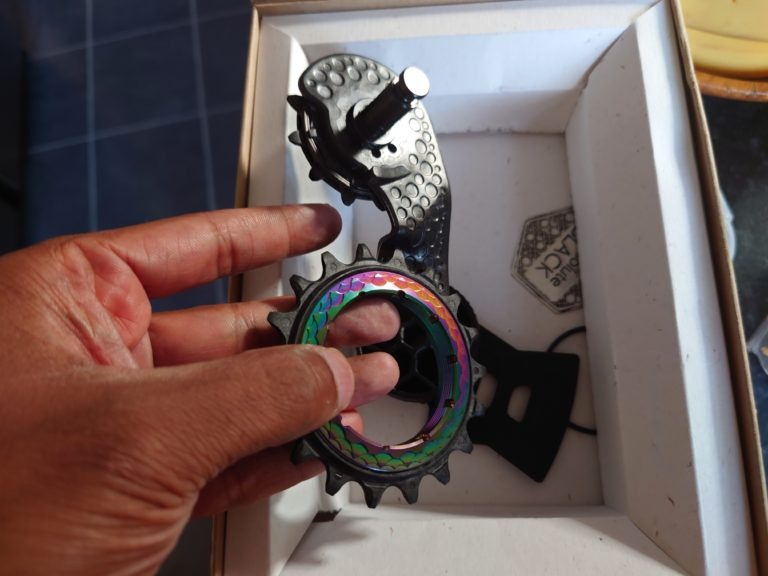
Thanks to Grant from GC Performance YouTube channel for sending in his AbsoluteBLACK Hollowcage OSPW. This has now come in for review. You can find out some other attributes of the AbsoluteBLACK Hollowcage OSPW in the pre-review located here
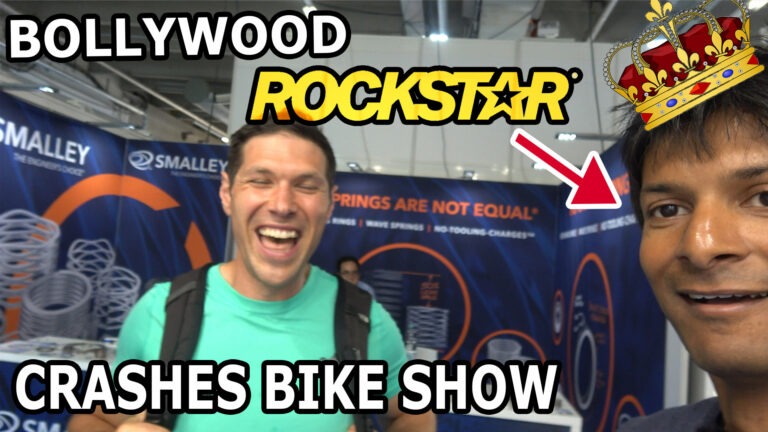
As an avid cycling enthusiast and an engineering (s)expert, I was thrilled to be part of Eurobike, the world’s leading cycling trade fair. This event was a unique blend of innovation and tradition, attracting cycling aficionados from all corners of the globe. My presence there, brought an additional layer of excitement for those who followed…
No products in the cart.